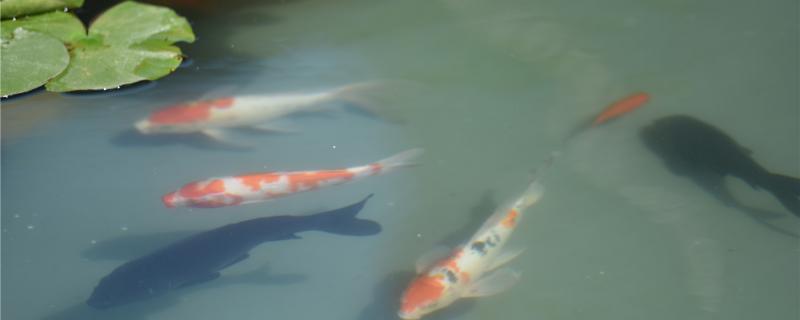 1. What is the reason for the red blood streak in the tail of koi fish
1. What is the reason for the red blood streak in the tail of koi fish The red blood streak in the tail of koi fish is mostly parasite. This parasite is called uterine nematode, also called red nematode. It is usually parasitic in fish tails or scales, and is common in carp and crucian carp, and it is also contagious. Of course, there are also some other diseases with red blood streaks. As long as the fish are in good condition, they don't need to worry too much. They can change the water properly and heat up. If they are in poor condition, they need to be treated.
2. How to treat red blood streak in koi tail1. Change water: After fish tail is infected with parasites, the first thing to do is change water. The situation of changing water in peacetime is different. At this time, it is necessary to change water frequently, basically once every one to two days, so as to improve the water quality as soon as possible and provide a good growth environment. Tap water should be used for changing water, which needs to be dried in advance for several days before it can be used.
2. Warming up: In addition to changing water, what needs to be done is to raise the water temperature. Compared with the usual culture water temperature, it can be increased by 1-2 ℃ at this time. For fish, higher water temperature can promote its metabolism, expel bad things out of the body, and stimulate its own immunity, thus achieving the effect of recovery.
3. Salting: After changing the water and heating up, the next thing to do is to salt. Generally, the salinity should be kept at about three to five thousandths. Too high is not conducive to the health of fish. It should be noted that special sea salt must be used, not edible salt, especially iodized salt.
4. Medicated bath: For fish in serious condition, it can't solve the problem just by changing water and heating up the salt. It is necessary to take a medicated bath, choose some drugs with insecticidal effect, dissolve them in water, and soak the fish in it, usually for 10-30 minutes.